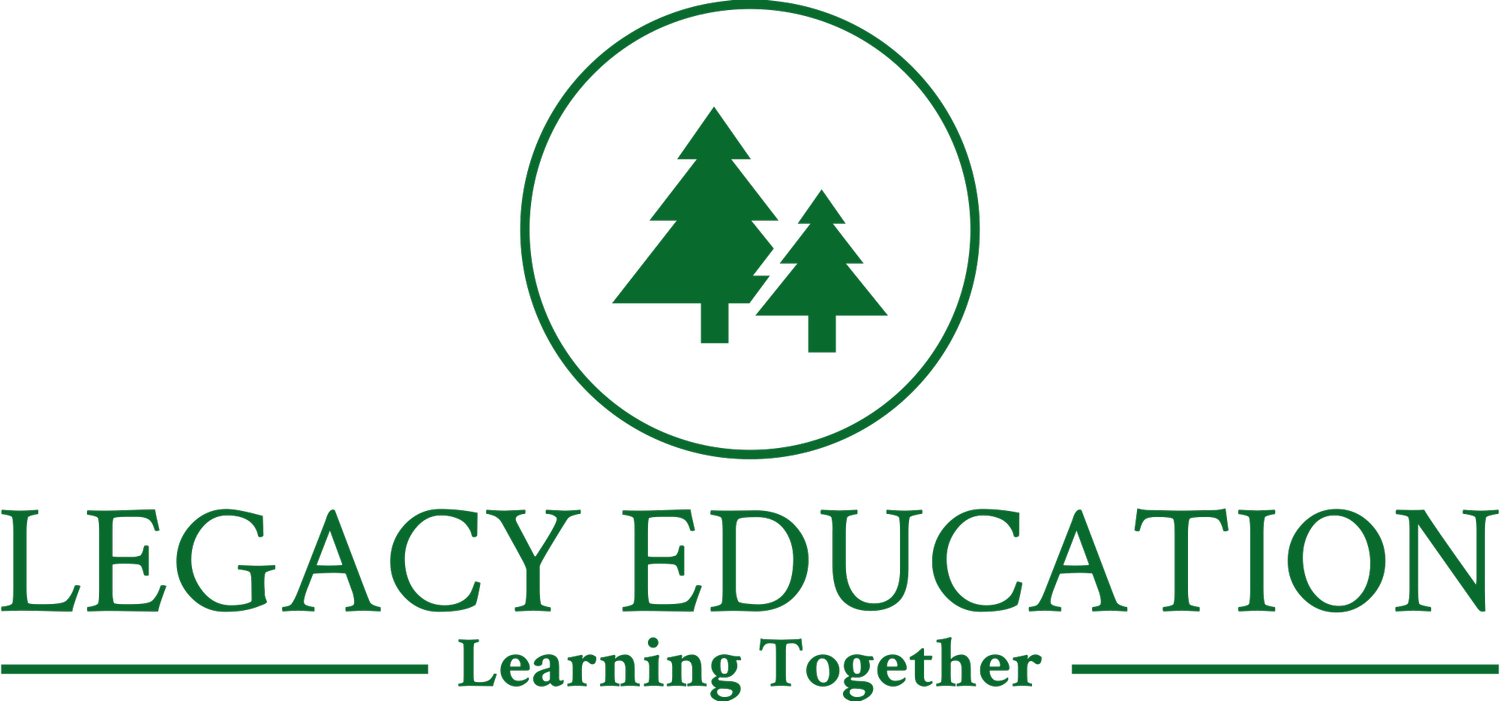Mind the Gap: How to Connect With a Neurodiverse Audience
The best communicators don’t just speak—they command attention. But how?
Think back to your favorite teacher or communicator. It wasn’t just what they said—it was how they said it. Maybe they turned history into an epic saga. Maybe they had the skill of breaking down complex concepts in a way that finally made sense. Or maybe their presence alone made you feel seen, heard, and capable. Great teaching is built on great communication. And yet, when we talk about teacher strengths, we rarely focus on this. We obsess over curriculum, assessments, and instructional strategies, but what about the ability to make learning worth paying attention to? We can lament on how kids’ brains are different, but that’s not going to change anytime soon. Communication and Interaction skills, however… these are the invisible force that separates forgettable classrooms from transformational ones.
Words that connect & actions that emphasize: they help effective communicators deliver their message.
Discovering Communication Strengths
Here’s a mistake we make: we assume good communication in teaching always looks the same—an animated, charismatic teacher who commands the room like a TED speaker or motivational speaker. But that’s just one style. Some teachers are dynamic storytellers who turn every lesson into an adventure. Others are calm, deliberate thinkers who create space for deep discussion. Some thrive in one-on-one conversations, while others are at their best in digital spaces, using visuals, writing, or tech to teach in ways that go beyond spoken words. The key isn’t forcing every teacher to communicate the same way—it’s helping them discover and refine their natural communication style.
Neurodiversity and the Communication Gap
Here’s where things get even more interesting: Communication challenges aren’t just about teaching style—they’re about how we process and understand each other. Neurodivergent students often experience the double empathy problem—a gap where neurodivergent and neurotypical individuals struggle to fully understand each other’s communication styles. A teacher who thinks they’re being clear might not be reaching all students effectively, and a student who seems disengaged might just need a different approach. This is why understanding strengths-based communication isn’t just helpful—it’s necessary. When we help teachers and students recognize and adapt to different communication styles, we create classrooms where everyone can engage and thrive.
Build Powerful Teams with Strengths-Based Pairing
Businesses figured this out a long time ago. No successful company forces every employee to be a polished public speaker. Instead, they identify people’s communication strengths and match them to the right roles.
Introverts become powerhouse strategists.
Extroverts lead sales teams and keynotes.
The best teams aren’t filled with people who are all good at the same thing. They’re built on complementary strengths.
Education should work the same way.
Consider the following:
Instead of evaluating teachers on a rigid, standardized delivery model, we should be asking:
How do you naturally connect with students?
What communication methods make you feel most confident?
How can we structure your role, and how can we structure your lessons, to amplify that strength?
Imagine if schools actually did this. Teaching would instantly become more effective—and more sustainable. We wouldn’t lose 45% of teachers every 5 years!
Communication Strengths = Stronger Classrooms
Now, take this a step further: What if we encouraged teachers to collaborate based on their communication strengths?
Pair a dynamic lecturer with a thoughtful one-on-one coach.
Match a digital content creator with a hands-on experimenter.
The best classrooms wouldn’t just rely on one teacher doing it all—they’d be built on strengths-based teamwork. And here’s the real kicker: When teachers feel confident in their communication styles, they don’t just teach better. They likely stay in the profession longer. They build deeper relationships with colleagues and students. They feel energized instead of burned out, trying to be something they’re not. Do not underestimate the power of collective efficacy.
Empower Teachers to Communicate Like Pros
At the end of the day, education isn’t just about what’s taught—it’s about what’s received. The way a teacher communicates determines how students engage, learn, and remember. So instead of forcing teachers to fit into a one-size-fits-all model, start asking them: "How do you communicate best?" And then help them leverage this strength. Because when we help teachers lean into their strengths, we create classrooms where everyone thrives.

